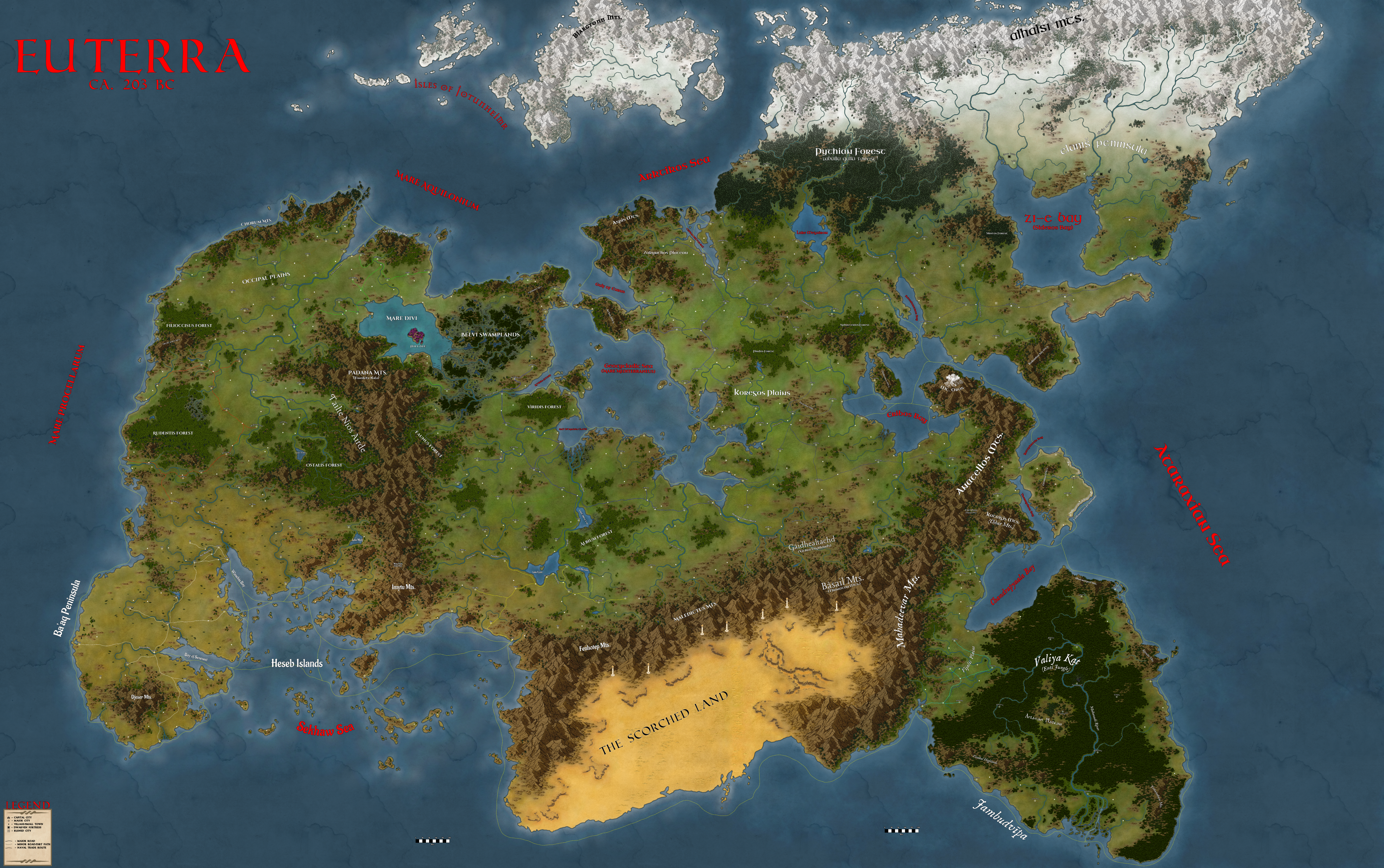Elvish Deities
ELVISH DEITIES
- Brahma – deity of creation
- Vishnu – deity of preservation
- Shiva – deity of destruction and time; associated with fertility and regeneration
- Ganesha – deity of new beginnings, wisdom, and luck
- Hanuman – deity of courage, reverence and strength
- Kartikeya – deity of victory and war
- Vishwakarma – deity of architecture
- Dhanvantari – deity of healers
- Dyaus – deity of the aether (or sky)
- Pṛthvī Mātā – deity of the earth
- Vayu – deity of air, wind and breath
- Varuna – deity of water and rain
- Agni – deity of fire
- Yama – deity of death and justice
- Samudra – deity of the seas
- Kubera – deity of opulence
- Kamadeva – deity of love
- Indra – king of the deities and deity of weather, storms and sky
- Ashwini Kumara – deity of health and medicine
- Surya – deity of the sun, light and day
- Chandra – deity of the moon and night
- Mangala – deity aggression
- Budha – deity of nature
- Brihaspati – deity of educators
- Shukra – deity of worship and religious devotion
- Shani – deity of karma
- Mitra – deity of treaties and oaths
- Vāc – deity of speech
- Ānanda – deity of inner peace
- Vijñāna – deity of knowledge



Comments